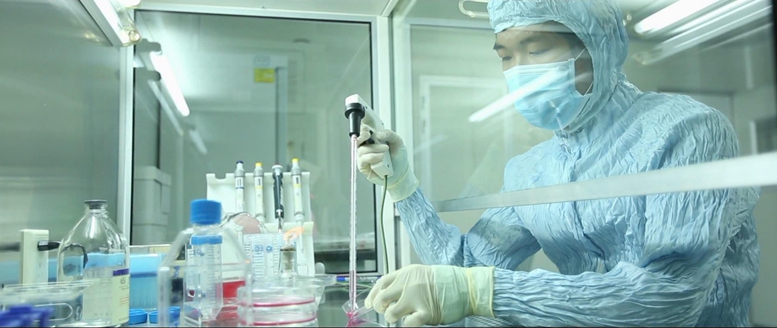Analysis on the development status of domestic and foreign anti-tumor drug market
Article Author:admin
Category:Industrial News
Reading:420
In addition to the increasing incidence of cancer in developing countries and newly industrialized countries, the incidence of cancer in Western developed countries led by the United States also remains high. At the same time, new anti-cancer drugs such as monoclonal antibodies and kinase inhibitors continue to be introduced to the market, helping to promote the rapid expansion of the anti-cancer drug market. According to IMS statistics, anti-tumor drugs have been the leader in the global pharmaceutical market since they surpassed lipid-lowering drugs in 2007, with sales exceeding US$70 billion in 2012. Although some blockbuster drugs are facing the predicament of the patent cliff, as major pharmaceutical companies are keen on oncology drug research and development, and subsequent products are supplemented in time, anticancer drugs will continue to occupy an absolute advantage in the field of disease treatment.
From the analysis of global tumor morbidity and mortality, the global market for anti-tumor drugs will still be large in the next decade. It is mainly based on the following two considerations: 1. The overall global incidence rate is on the rise, resulting in a strong demand for tumor diagnostic drugs and therapeutic drugs; 2. Although the global cancer mortality rate is decreasing year by year, tumor treatment is unique and patients need to accept the whole process. Scientific and regular treatment is used to delay tumor progression or prevent tumor recurrence. Therefore, reduced mortality means an increase in the probability of long-term treatment for patients, leading to an increase in the demand for therapeutic drugs.
According to the data analysis of Kalorama Information, in 2010, the global oncology market share is mainly distributed. The United States is the world's largest anti-cancer drug market, followed by the European Union and Japan, with the three accounting for 41%, 35%, and 6% respectively.
After Roche acquired Genentech, it became the global anti-tumor drug hegemon. In 2010, Roche won the top spot with a 35.6% market share in the global oncology market. In 2012, among the top ten anti-tumor drug sales in the world, Roche monopolized five seats and became the biggest winner. Ritual, Herceptin, Avastin, Xeloda and Tarceva had combined sales of US$21.7 billion. In 2011, 2012, Roche's anti-tumor and anti-tumor drug family added a new drug. The melanoma treatment targeted drug velofenib was approved for marketing, and vismodegib was approved for targeted treatment of basal cell carcinoma and the treatment of HER2-positive breast cancer. Rizumab was approved for marketing by the FDA, and the new generation of targeted drug TDM1 was approved for marketing in January 2013. It is expected that Roche will maintain its leading dominance in the future. With Gleevec's strong market sales, Novartis ranked second, and the second-line drugs everolimus and nilotinib maintained rapid growth.
In the Chinese hospital drug market, the sales scale of anti-tumor drugs has been increasing steadily in recent years, especially in 2003 and 2005, the compound growth rate reached 24.53%. In 2006, affected by the government's policy environment for managing pharmaceutical purchases and sales, commercial bribery, the growth rate of the anti-tumor drug market slowed down, only increasing by 11.10%. The sales scale continued to grow rapidly in 2007 and 2010, reaching 58.74 billion yuan in 2011, a year-on-year increase of 17.13%.
As a newly industrialized country, China is still in the stage of a rapidly aging society, and the incidence and mortality of cancer are still rising. At the same time, medical insurance for major diseases is gradually advancing in China. Anti-tumor drugs enter China's basic medicines for the first time. Targeted drugs added to local medical insurance in various regions are gradually increasing. Driven by these favorable factors, the Chinese anti-tumor drug market will continue to grow rapidly in the future. . (Source: Bio Valley)
